- Home
- >
- Knowledge Center
- >
- Blogs
Blogs
Sharing knowledge is key to an innovative and healthy industry! This knowledge center is therefore a central place on our website to share information. Read all about our industry in the blogs below!
Understanding the Future of Tank Containers in Global Logistics and Supply Chain Management
In the ever-evolving landscape of global logistics and supply chain management, understanding the future of tank containers is crucial for businesses aiming to enhance their operational efficiency and sustainability. Tank containers, specialized vessels designed for the transportation of liquids, have gained prominence in recent years due to their versatility and cost-effectiveness. As industries increasingly prioritize eco-friendly practices and seek to optimize their supply chains, tank containers are emerging as a key solution for transporting various liquid products, including chemicals, food-grade substances, and fuels. This article delves into the essential strategies and innovations that define the future of tank containers, providing insights on how businesses can leverage these advanced logistics solutions to stay competitive in a rapidly changing market. By exploring best practices and trends, we aim to equip stakeholders with the knowledge needed to navigate the complexities of tank container utilization and make informed decisions that impact their supply chain efficiency.
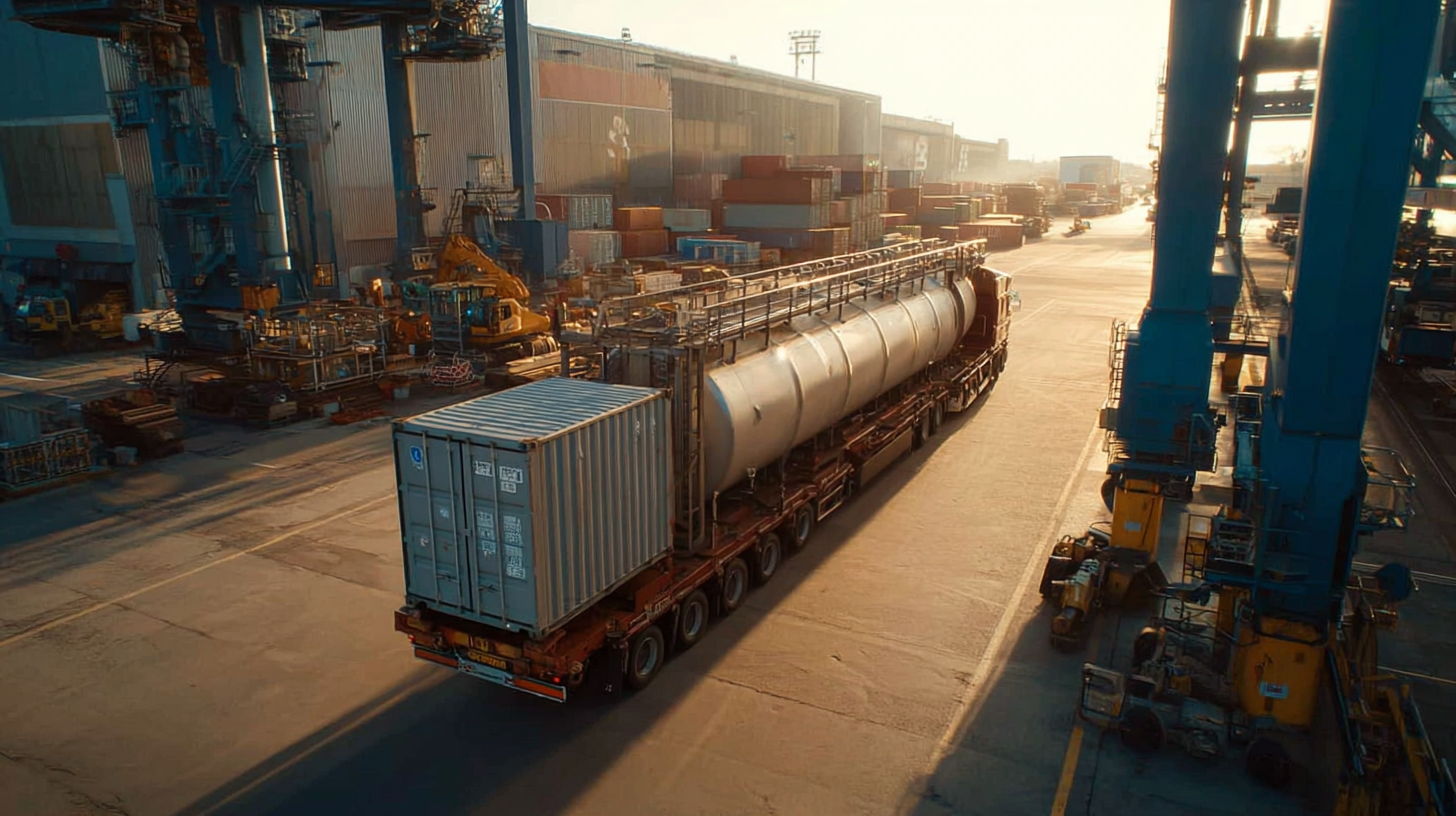
The Rising Demand for Tank Containers in Global Trade and Logistics
The global demand for tank containers is witnessing significant growth, driven by the increasing complexity of supply chains and the need for efficient transport solutions. With the global ISO container market projected to expand from 9.45 million units in 2025 to 18.32 million units by 2032, reflecting a compound annual growth rate (CAGR) of 9.9%, tank containers are emerging as a vital component in international trade and logistics. This surge is largely attributed to their versatility and ability to safely transport hazardous and non-hazardous liquids across various industries.
As global trade expands, companies are seeking more sustainable and cost-effective ways to manage their logistics needs. Tank containers provide a streamlined solution, facilitating bulk transport while minimizing the risk of contamination and loss. In addition, their design allows for easy handling and intermodal transportation, making them a preferred choice for businesses looking to optimize their supply chain operations. The rise in demand for tank containers not only enhances logistics efficiency but also supports the ongoing transition towards more environmentally friendly shipping practices.
Key Innovations Driving Efficiency in Tank Container Management
Tank containers are becoming increasingly vital in global logistics and supply chain management, particularly due to key innovations that enhance their efficiency. One of the most significant advancements is the integration of smart technology, allowing for real-time monitoring of the contents and conditions of tank containers. Sensors installed in these containers provide valuable data regarding temperature, pressure, and location, enabling logistics managers to make informed decisions and reduce risks associated with transporting sensitive liquids and gases.
Another innovation driving efficiency is the automation of tank container handling in warehouses and ports. Automated systems can streamline the loading and unloading processes, minimizing turnaround times and reducing labor costs. Additionally, advancements in software systems have improved inventory management and tracking, allowing companies to optimize their supply chains further. By leveraging these technologies, organizations can improve their operational efficiency, ensure compliance with safety regulations, and enhance their overall service quality in handling tank containers.
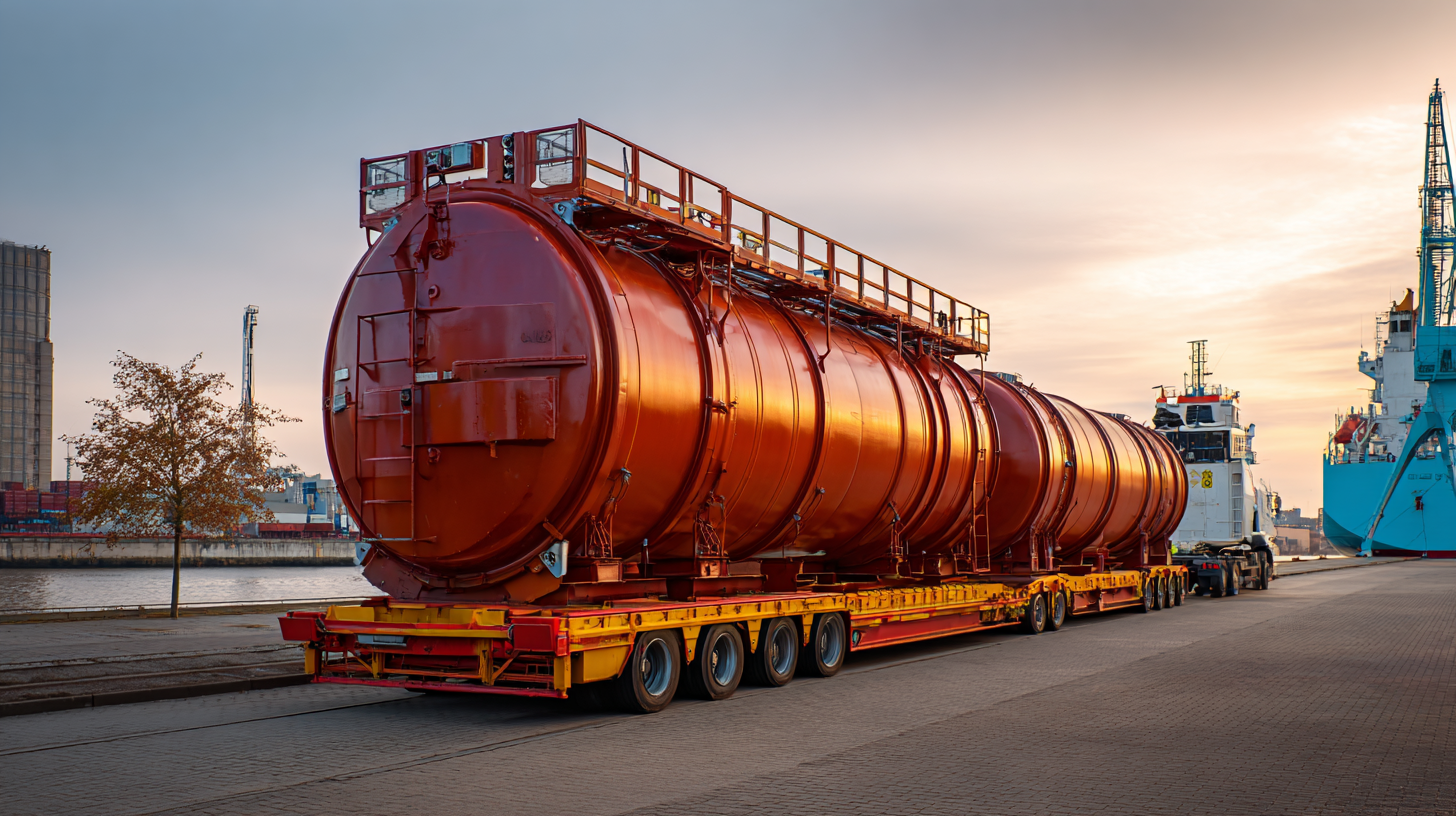
Impact of Digital Technologies on Tank Container Tracking and Utilization
The rise of digital technologies is profoundly transforming the logistics and supply chain management sectors, particularly in the realm of tank containers. According to a report by Grand View Research, the global tank container market is projected to reach approximately $2.6 billion by 2025, driven largely by advancements in tracking and automation technologies. The integration of IoT (Internet of Things) devices and real-time data analytics enables companies to monitor tank containers' conditions, locations, and contents closely, ensuring optimal utilization and safety throughout the supply chain.
Moreover, digital tracking solutions have significantly improved operational efficiency. A study by the Logistics Management Journal indicates that logistics companies adopting advanced tracking technologies have experienced up to a 20% reduction in delays and a 30% increase in asset utilization rates. These improvements not only minimize costs but also enhance customer satisfaction by providing accurate delivery timelines. As logistics professionals harness these digital innovations, the future of tank containers is set to become more agile, transparent, and responsive to market demands.
Sustainability Trends Shaping the Future of Tank Containers in Supply Chains
The future of tank containers in global logistics and supply chain management is increasingly influenced by sustainability trends. As the world moves toward decarbonization, businesses are recognizing the necessity of integrating sustainable practices into their operations.
According to recent industry reports, over 70% of companies in the food and beverage sector in Asia are prioritizing sustainable packaging solutions to significantly minimize waste and carbon footprints. This shift not only meets consumer demand for environmentally friendly products but also positions companies strategically within the market, enhancing their brand reputation and long-term viability.
In parallel, advancements in technology are revolutionizing logistics processes, particularly through the adoption of robotics and autonomous decision-making systems. A report from a leading logistics consultancy highlighted that by 2025, around 30% of supply chain processes are expected to be automated, leading to enhanced efficiency and reduced operational costs. Cyber-resilience will also play a crucial role, as supply chains must mitigate risks associated with digital threats. This convergence of sustainable practices and technological innovation is set to redefine logistics, offering smart, faster, and more resilient solutions that align with the needs of a rapidly evolving marketplace.
Market Forecast: Growth Projections for Tank Container Industry by 2025
The tank container market is poised for significant growth, with projections indicating a promising future in global logistics and supply chain management. According to industry analyses, the tank container market is expected to flourish, closely aligned with the anticipated expansion of the freight and shipping sectors. This trend is partly driven by the increasing demand for bulk liquid transport, particularly in industries such as chemicals, food, and pharmaceuticals.
A report by MAXIMIZE MARKET RESEARCH PVT. LTD. forecasts that the tank container market will witness substantial advancements, propelled by enhancements in container technology and infrastructure. In tandem with this growth, the LNG bunkering market is expected to expand significantly as well, indicating a shifting focus towards more sustainable fuel sources. The overarching shipping container market is projected to grow from USD 7.8 billion in 2025 to approximately USD 10.2 billion by 2032, with a compound annual growth rate (CAGR) of 3.8%. These figures underscore the vital role that tank containers will play in meeting the evolving demands of global logistics and supply chain operations.
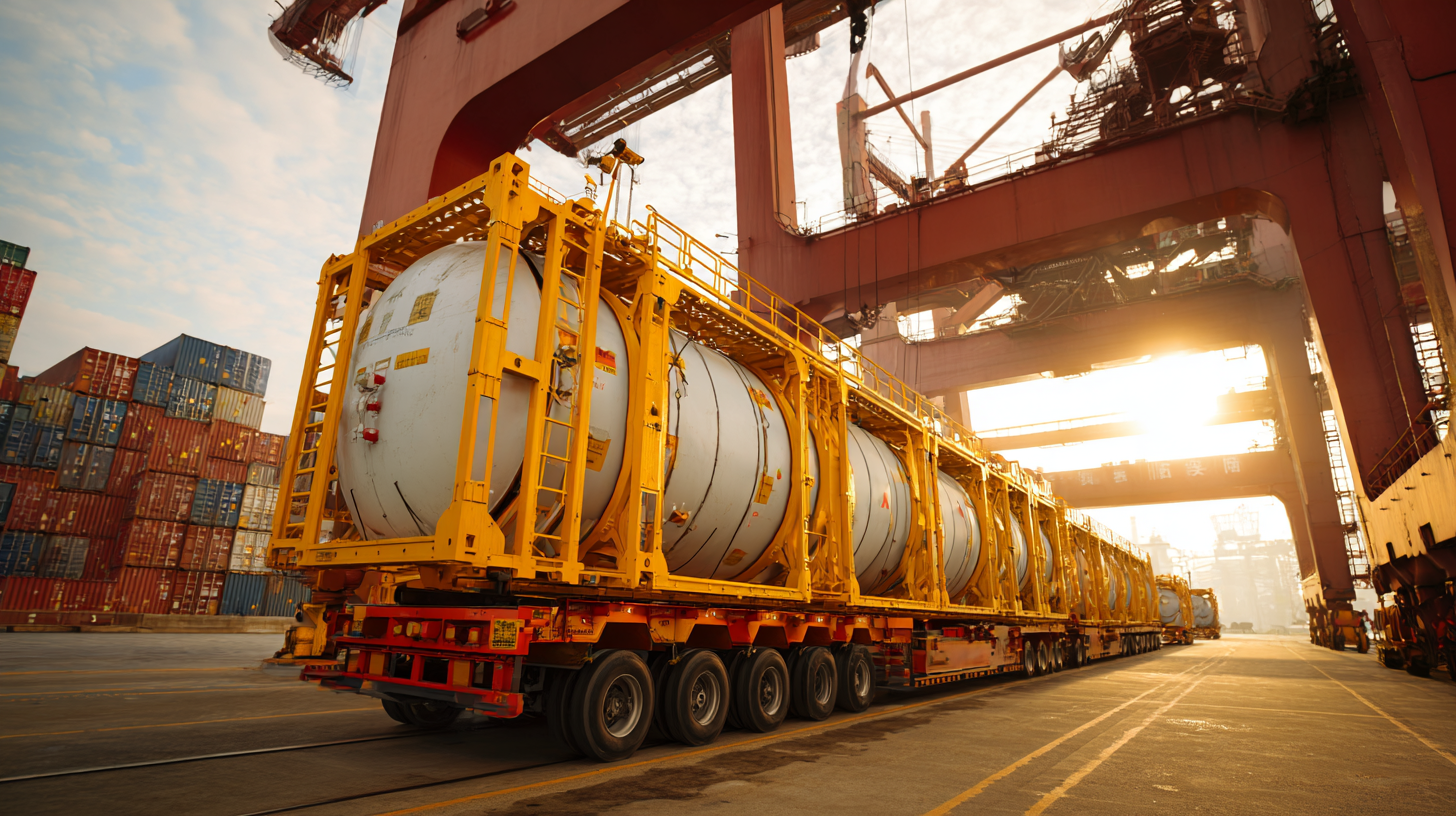
Related Posts
-

Unlocking Advantages of Isotainer Tanks for Safe and Efficient Chemical Transport
-

Top Strategies for Maximizing Efficiency with Iso Liquid Containers
-
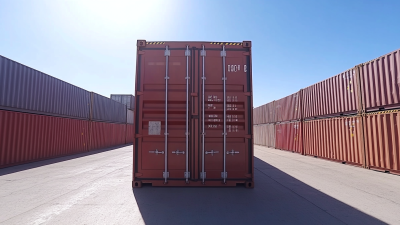
Understanding Global Standards for Shipping Container Parts and How to Source Them Effectively
-
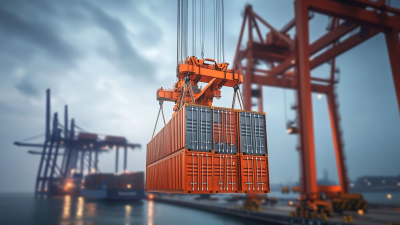
Maximizing After-Sales Support: How to Reduce Repair Costs with the Best Container Parts Catalog
-

The Ultimate Guide to Understanding Iso Tank Fittings: Key Insights for Global Buyers
-
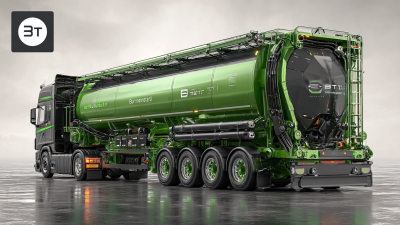
Revolutionizing Transportation: The Future of Best Bulk Tanker Trailers by 2025
